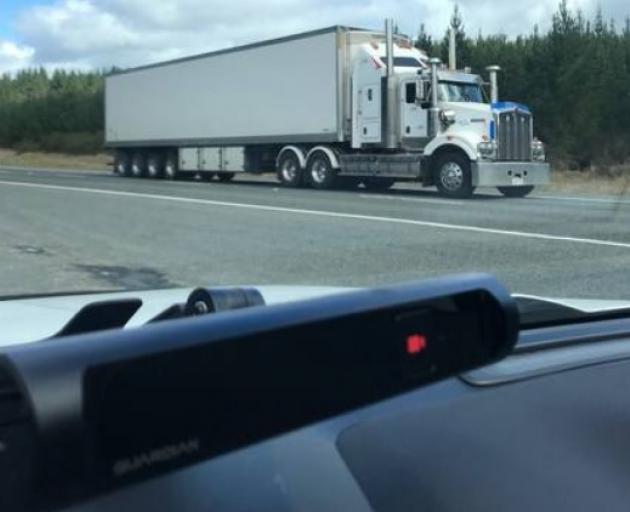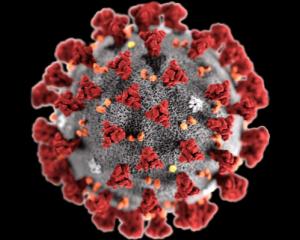
A pioneering brand of Australian driver fatigue alert systems is aiming to have about 4000 units on New Zealand roads by the end of the year.
However, some are questioning to what extent such technological advances actually address the underlying working conditions in an industry that saw 75 truck deaths in 2016.
The Guardian in-cabin infrared cameras detect "microsleep" events using a computer algorithm of the human face, and within 1.5 seconds of shut eyelids issues a beeping alarm and vibrates the driver's seat.
In the last 12 months, Guardian has issued 86,057 fatigue interventions on roads globally. The infrared cameras can detect facial expressions and eye patterns in the dark, and through sunglasses. They also alert "distraction" events if a driver's eyes wander from the road for more than 4 seconds.
Chief executive of driver safety tech-business AutoSense, Charles Dawson, is the Kiwi distributor of the Guardian technology, which costs about $120 a month to maintain in a truck cabin.
Dawson estimated there would be a three-fold jump from the existing 1300 units in the coming months, which he admitted was "not yet a big percentage" of the 160,000 trucks on New Zealand roads.
"Like any new product it does take some time to educate. The transport industry are reasonably skeptical of new things," he said.
"Actually what we do, inside a dynamic environment that is a truck cab, to lock onto a drivers face, and everyone of them is different, hold onto it and say that person's eyes have closed, meeting all these thresholds, is actually quite tricky.
"The technology's only really just got to the point where it's good for everyday."
But according to some within the industry, tools such as the Guardian technology are merely a band-aid solution to the underlying causes of an insufficiently regulated industry pushing drivers to the physical limit in the search of competitive edge.
The highest legal New Zealand truck driver shift pattern is 13 hours with two 30 minute breaks, yet an AUT University study reports even this is frequently exceeded.
The last Ministry of Transport report on New Zealand truck deaths recorded 75 casualties, and a further 850 injuries, in road crashes involving trucks in 2016. In 2013, truck deaths had hit a historic low of 47.
Peter Gallagher, an owner-operator truck driver who runs the NZ Professional Drivers Association, supported technological safety advances that helped prevent driver error, but questioned whether it could encourage some companies to continue with current distribution models.
"Technology, yes of course it has some benefit, but is it a cure for what are the root causes of the road toll? No way. If it was then why has the truck fatality rate doubled?" Gallagher said.
"It could be from a company perspective seen as the panacea for all ills, because they will be able to continue their current distribution models, without taking any further internal responsibility for road safety," he said.
"Independent contractors will be the target, because they'll [transport companies] say, 'We put the technology in there, it's over to you how many hours you drive', and this only makes you more culpable."
Four people have died in truck crashes in New Zealand over the last fortnight, but the 2017 MoH report found truck drivers themselves were at fault on average in only 20 per cent of accidents in which they were involved.











